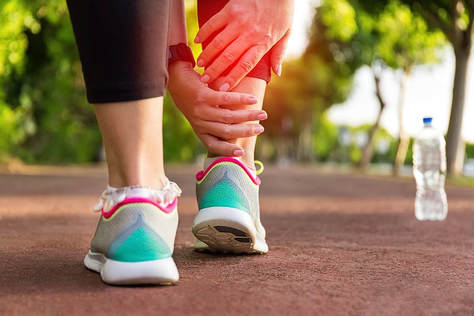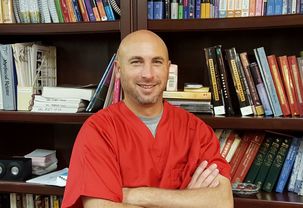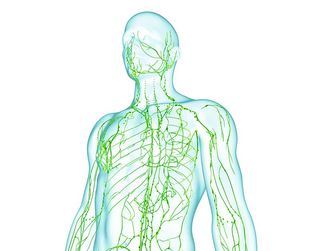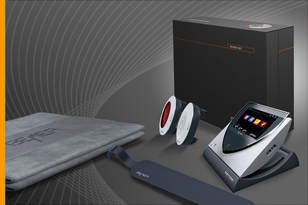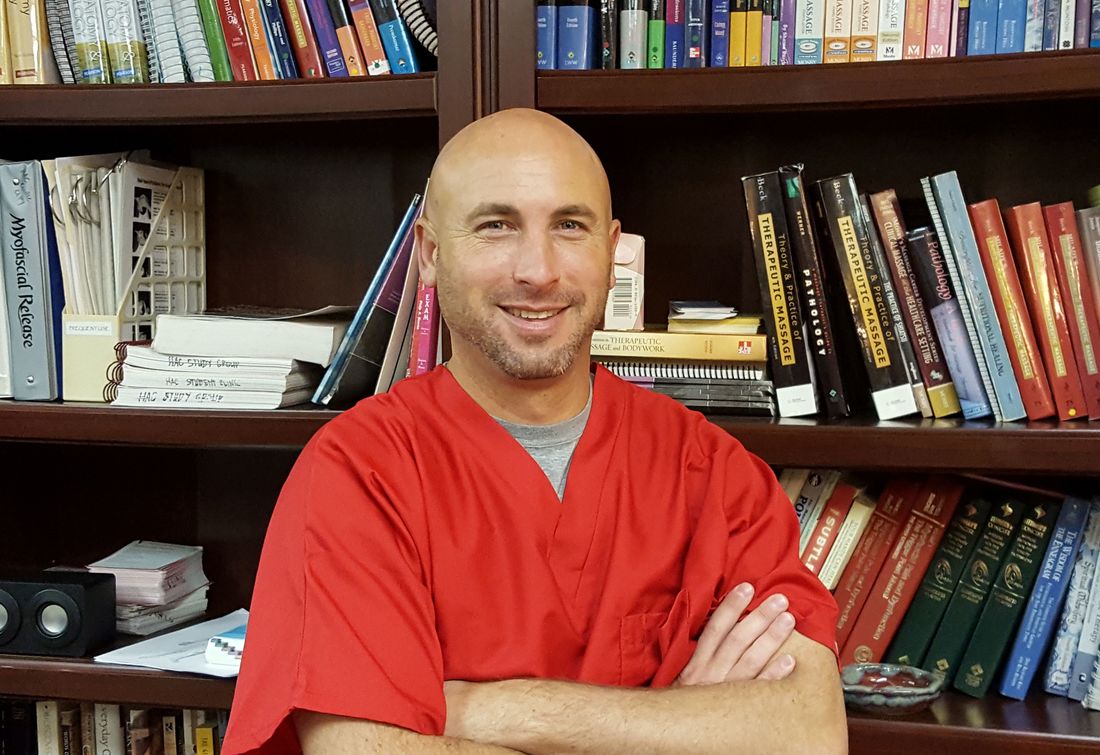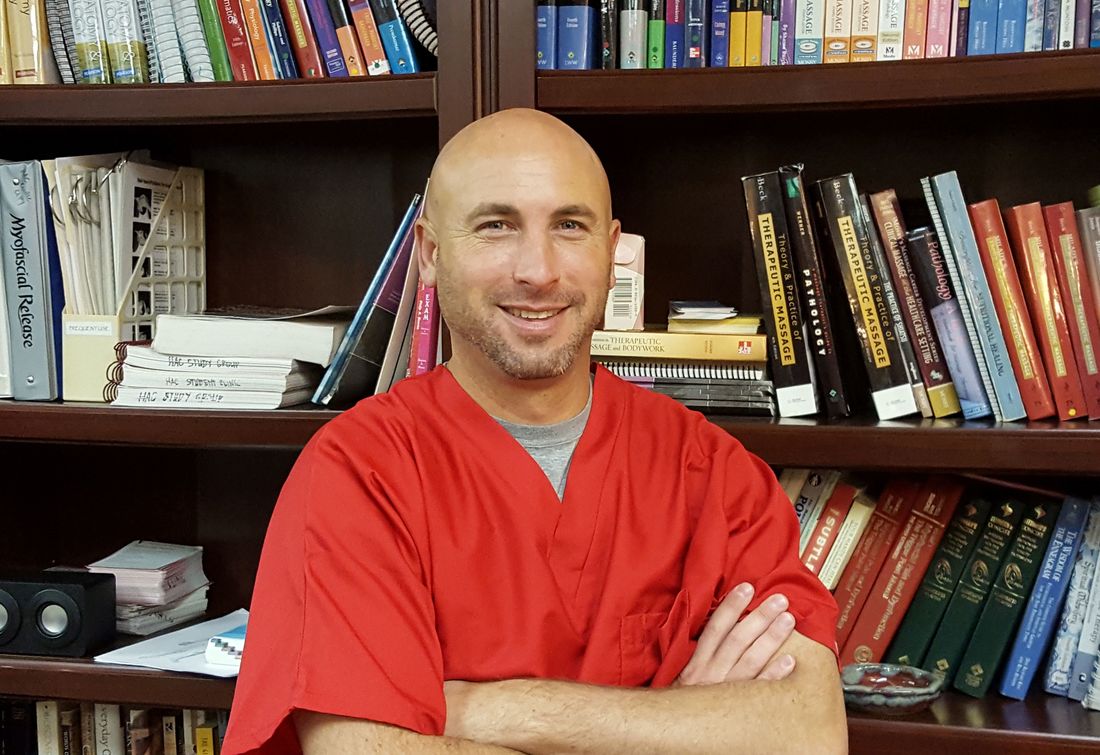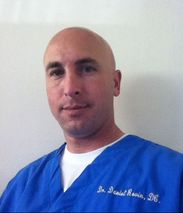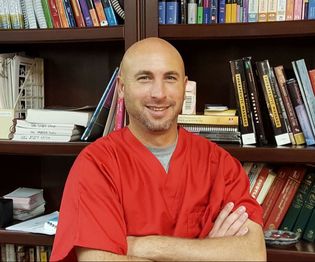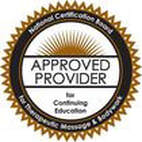
Injury Recovery Massage Toolkit - July 21 & 22, 2018by Terrie Yardley-Nohr, LMT Massage therapists are faced with clients every day that have been injured in some way and are seeking help from pain and dysfunction. A therapist is faced with figuring out what is wrong and what to do about it. One of the biggest challenges for new therapists in the field is how to address the client’s needs and provide relief. This boils down to two specific skills: assessment and appropriate therapeutic response. Obviously, skills are developed over time and through experience. Additional training, however, can radically accelerate the development of a skill set.
Dr. Dan Rovin's "Danatomy": An Exploration of the Twenty-five Muscles of the Thigh (Part 4)4/12/2018 This week: Adductors, Group of 5
by Terrie Yardley-Nohr, LMT
Dr. Dan Rovin's "Danatomy": An Exploration Of The Twenty-Five Muscles Of The Thigh (Part 3)12/22/2017 This Week: The Hamstrings and Quadriceps Femoris, The Group of Three and the Group of Four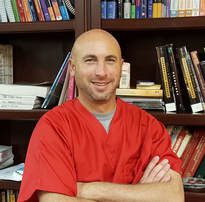 Dr. Dan Rovin, DC is a senior faculty member at The Healing Arts Center in St. Louis, Missouri and at Southwest Illinois College in Belleville, Illinois. He teaches anatomy and physiology in the massage therapy program at HAC. He has helped train more licensed massage therapists in the region than probably anyone. "Dr. Dan" , as his students call him, is known for breaking down the hard science of anatomy and physiology into easy to understand, often humorous presentations to make this essential science memorable. The English-speaking world calls them the "hamstrings". I refer to them as Biceps Femoris and the Semi Sisters. They work against the muscle group most commonly known as the quadriceps. I teach them as Rectus Femoris and the Vastus Brothers. Together they are the seven muscles that are most responsible for the movements of the knee. More importantly (since we stand, walk, run, and jump), they are the seven muscles most responsible for fixating the knee and preventing falling due to knee instability. Let’s break them down.
body via an electromagnetic field meaning that it is the BEMER signal and not the electromagnetic field that acts as the “agent” that stimulates the circulatory response. BEMER is designed to improve circulation thereby supporting the body’s natural self-regulating processes. Blood is the body’s universal means of transport. Oxygen, nutrients, chemical messengers (e.g., hormones) and immune cells are all transported through our blood. When our body’s cells, tissues and organs are adequately nourished and metabolic waste products are removed, our bodies become healthy and function properly. The optimal regulation of circulation is a prerequisite for ensuring good levels of health and fitness. BEMER is not a disease-specific application. Its effect on the circulation and the resulting improvements to the supply and removal of substances to/from the body’s cells allows these cells to produce and supply increasing amounts of energy, and therefore carry out their tasks (production) in a more functional manner.
Dr. Dan Rovin's "Danatomy": An Exploration Of The Twenty-Five Muscles Of The Thigh. (Part 2)9/6/2017 This Week: ILIOPSOAS – THE GROUP OF TWO
Last month I introduced the sartorius muscle as the “group of one”. It was the first of six, really seven, groups of thigh muscles that I have, or will be blogging about. In keeping with counting order allow me to discuss the “group of two”, iliopsoas. Unlike the intentionally misnamed “group of one”, which is a singular muscle and should not be considered a group, “the group of two” is comprised of two distinct muscles. They are iliacus and psoas major.
Dr. Dan Rovin's "Danatomy": An Exploration of The Twenty-Five Muscles of the Thigh (Part 1)7/6/2017 This Week: The Sartorius Muscle
Over the next several months we are going to explore the twenty-five muscles of the thigh. Each month we will break down and explore a group of muscles responsible for hip and knee movement. If you have been following Danatomy blogs through the HAC website, or Facebook, you might remember that the very first blog was over the "Deep Six" muscles of the buttock. In the classroom I refer to them as the "group of six". I also discuss the "group of five", the "group of four", the "group of three", the "group of two", and the intentionally incorrectly termed "group of one". As such allow me to introduce you to sartorius - "the group of one".
HAC's Anatomy & Physiology Instructor, Dr. Dan Rovin, Takes Us On A Tour of Cell-Louie
HAC's Senior Anatomy and Physiology Instructor Finds Ways To Make Anatomy Memorable
|
Healing Arts Center News
Keep up with what's happening at the Healing Arts Center.
Follow us on Social Media:Read the Fire Bowl School Newsletter:
Categories
All
|
